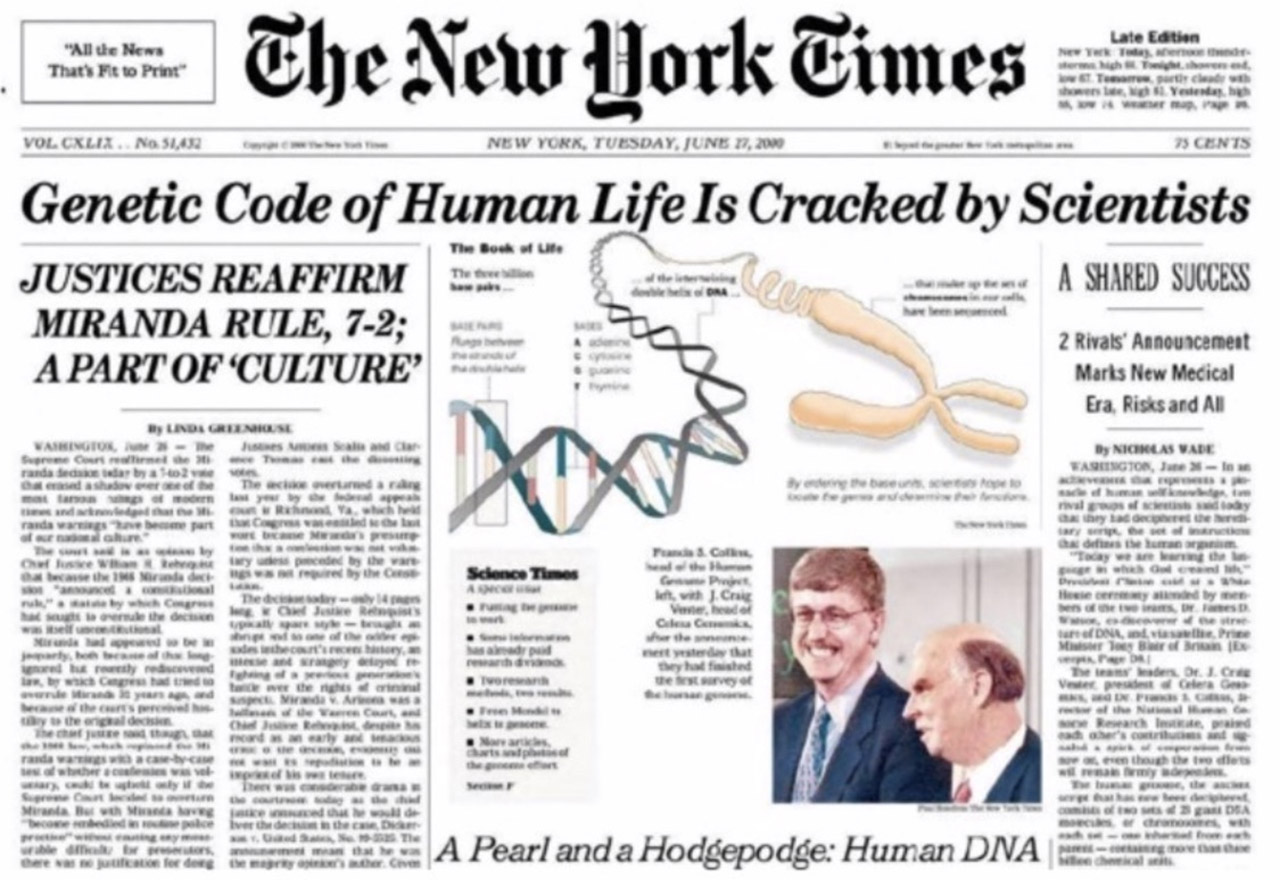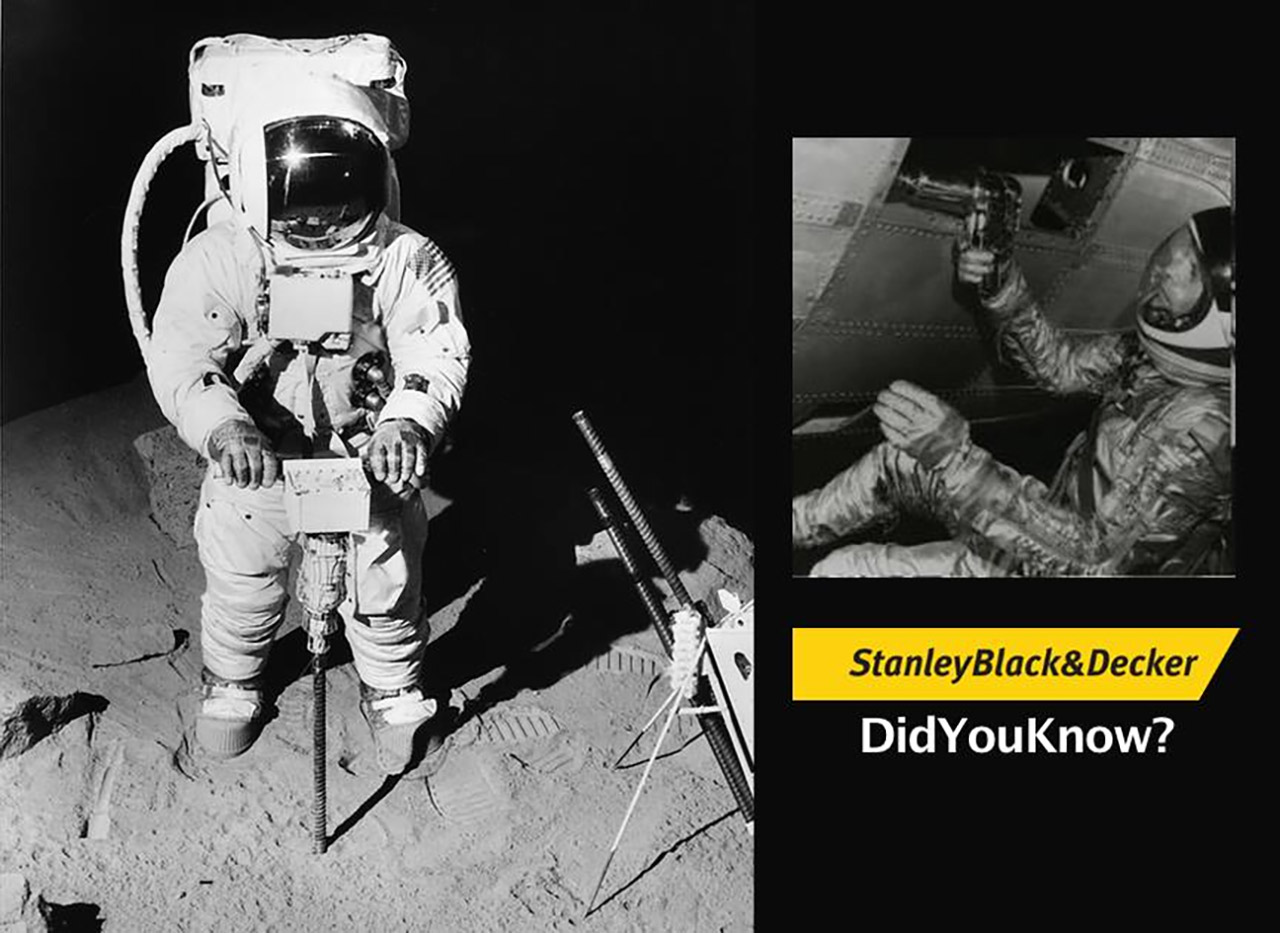Breakthrough Projects
Innovating at Scale
How Interconnected Breakthrough Projects Are Redefining Possibilities From
Project Moon Hut Foundation
If a breakthrough project had multiple breakthrough projects within it, and they were all interconnected, the potential for transformative impact would be even greater. A sort of Breakthrough2.
Take the example of the Human Genome Project, which was a breakthrough project that aimed to map the entire human genome. Within that project, there were many smaller breakthrough projects, such as the development of new sequencing technologies and computational tools to analyze the vast amounts of data generated by the project.

If all of these smaller breakthrough projects were interconnected and working towards the same goal, the potential for transformative impact would be even greater. For example, the development of new sequencing technologies could enable faster and more accurate sequencing of the genome, which in turn could accelerate the discovery of new genes and genetic pathways that contribute to disease.
Similarly, if breakthrough projects in fields like renewable energy or artificial intelligence were interconnected, the potential for transformative impact would be enormous. For example, breakthroughs in AI could lead to more efficient and cost-effective renewable energy systems, while advances in renewable energy could help power the data centers and computing infrastructure needed for AI development.
But the potential impact of interconnected breakthrough projects goes beyond the realm of science and technology. Consider the example of cordless power tools. In 1961, NASA approached Black and Decker with a challenge: to create a tool that could be used in the zero-gravity environment of space. The result was the first cordless power drill, which was later adapted for use in everyday life. Today, cordless power tools are used by construction workers, mechanics, and DIY enthusiasts around the world. They have revolutionized the way we work, making it easier and more efficient to complete tasks that once required manual labor.
 In 1963, BLACK & DECKER developed a cordless, minimum-torque tool for astronauts to use under
weightless conditions on Project Gemini. In 1971, with a BLACK+DECKER-built power head, the
Apollo Lunar Surface Drill took core samples from the moon during NASA's Apollo 15 mission.
In 1963, BLACK & DECKER developed a cordless, minimum-torque tool for astronauts to use under
weightless conditions on Project Gemini. In 1971, with a BLACK+DECKER-built power head, the
Apollo Lunar Surface Drill took core samples from the moon during NASA's Apollo 15 mission.
The impact of cordless power tools goes beyond the convenience they provide. They have also had an exponential impact on society as a whole. By reducing the physical strain of manual labor, cordless power tools have made it possible for people of all ages and physical abilities to participate in a variety of trades and hobbies. They have also enabled the automation of many tasks, which has led to increased productivity and efficiency in industries such as manufacturing and construction.
The example of cordless power tools demonstrates the potential for breakthrough projects to have a ripple effect throughout society. By enabling new technologies and capabilities, breakthroughs in one field can lead to exponential impacts in others. This interconnectedness has the potential to address some of the most pressing challenges facing our planet, such as climate change, mass extinction, ecosystem collapse, displacement, and unrest.
Of course, the execution of breakthrough projects is complex and challenging, and the interconnectivity of multiple projects could introduce additional points of failure. But if successful, the potential benefits could be enormous, leading to major advances and innovations that transform our world.